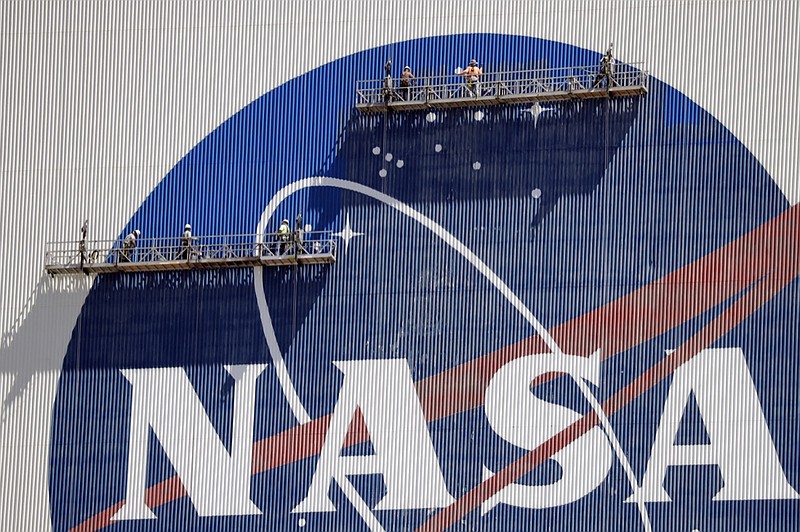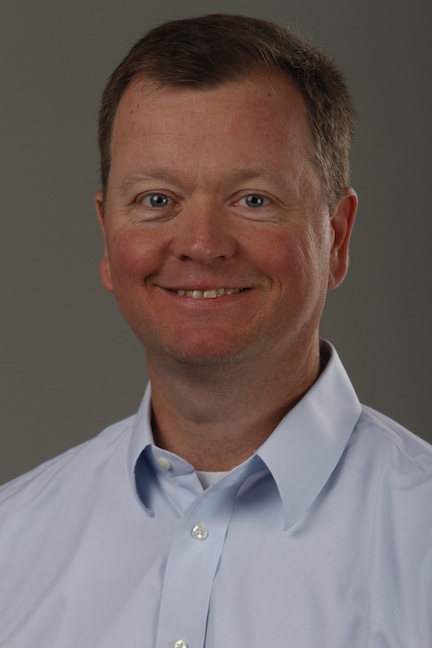Today, let's head to Pikeville, home of Bledsoe County High School and its first-year engineering team, which, if this story were from Hollywood, would land somewhere between the underdog Hickory Huskers in "Hoosiers" and Homer Hickam and his cohorts in "October Sky."
It started with Michiel Palmer, a high school science teacher looking for a way to engage his students. A conversation with Steve Reel, the vocational director at Bledsoe, and some online digging pointed Palmer to a NASA-sponsored contest in which high school and college teams build vehicles to compete in the Human Exploration Rover Challenge.
The goal is to create a vehicle that, according to the competition's almost 50-page handbook, "draws inspiration from the Apollo and Artemis missions, emphasizing designing, constructing and testing technologies and traversing in unique environmental terrains."
Simply put - or as simply as rocket science-type stuff can be put - Palmer's students are tasked with crafting, constructing and creating human-powered rovers that have the ability to cover the most challenging kinds of terrain and equipped with the tools to complete the most challenging types of missions.
"The name NASA being on it kind of caught everyone's attention," Palmer said in a phone interview. "We were trying to get something that could appeal across the entire school, and we had a lot of people interested at first.
"We had about 45 kids at the initial meeting and got responses that ranged from this was really neat to 'there's no way.'"
Insert the will, and there's always a way.
After some red-tape challenges and becoming familiar with the rules, Palmer and his team leaders hit the ground running.
"This is a totally student-driven operation," Palmer said. "I told them from the beginning that whatever part of the Rover they were responsible for, they had to become experts on it.
"Once we got started, they had three weeks to become masters within their departments and to figure out what we needed and what needed to be done."
The almost 50 students who showed some interest at first became a crew of 20 that Palmer described as a great core group with the support of some folks on the edges who are willing to do whatever is asked.
From team leader William Kenner to the various sub-group leaders that range from the braking system (Brandon Nelson) to the chassis design (Jacob Johnson) to social media (Cassidy Newby) to marketing and funding (Kaylee Dodd) as well as several other student-led areas, the entire crew found their stride.
And still it was almost not enough. Palmer said the team got registered on the final day of eligibility and was eventually one of only two high schools in Tennessee (White House High School, which is 20 or so miles north of Nashville, was the other) to compete with high schools and colleges from across the nation and the world at the NASA facility in Huntsville, Alabama, in late April.
While a lot of the checklist has been completed, there's still work to do. The Operational Readiness Review Report and photos of the complete rover are due to NASA on March 3, with presentations taking place throughout next month.
There also is the matter of raising money to cover the costs of getting to Huntsville for the competition, as well as last-minute supplies and tweaks the Bledsoe rover may need.
The Sequatchie Valley Electric Cooperative donated more than $1,700 to Palmer's collection of glad scientists as a start. But the group needs to raise more.
And that's not the only 11th-hour hurdle for the Bledsoe bunch.
Palmer said five or six of their main group have been out with COVID-19. On the flip side, the welding team has had time to get its work done.
"This is something we want to continue doing for years to come," Palmer said. "This is our first time and we didn't really know what to expect. It's exciting for me to see the kids this excited and to be really excited about a project. It's awesome."
Out of this world, even.
Contact Jay Greeson at jgreeson@timesfreepress.com or 423-757-6273. Follow him on Twitter @jgreesontfp.

